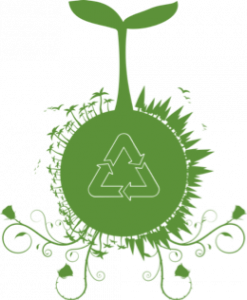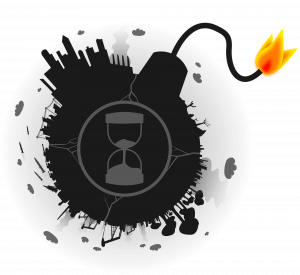“…Motivation changes people’s behavior and interaction with space, but it also changes the brain state.”
An interview with R. Alison Adcock, MD PhD
Associate Professor of Psychiatry, Psychology, and Neurobiology, and Director of the Center for Cognitive Neuroscience, Duke University
By: Michelle Johnson, November 9, 2018
What did you want to be when you grew up?
I actually wanted to be a brain scientist. My mother says that when I was 4-years-old, I found some “Time Life” book about reflexes and started asking questions like, “Is the brain that you think with the same as the brain that made you take your hand back from the stove when it was hot?” I’ve been interested in art and other things and taking care of people as a physician, but the interest in the brain has been there all along.
What are you researching now?
I’ve been interested in the potential incentives and motivations for learning and how those do or do not guide our acquisition of information from the environment. Sometimes it’s really puzzling why people don’t manage to learn when it looks like they ought to—we talk about them “learning lessons the hard way” or not at all. That puzzle about when we adapt and when we don’t adapt and including our ideas, not just our habits and behaviors, is really the driving question underneath a lot of what we do.
Have you had any interesting experiences with interdisciplinary collaborations?
[The Center for Cognitive Neuroscience] is right next to the Nicholas School for the Environment, and the dean of the environmental school was interested in art and how it could communicate to people, so he installed an art gallery that had pieces that were commentary on a humans’ relationship to the environment. [In a collaboration with Katherine Heller], we set up cameras that could track  people’s behavior in the gallery and sent participants to the gallery with one of two motivational statements at the beginning of the exhibit. Half of the participants read a statement that was very optimistic and forward-looking (promotion-framing), and the other statement was more dire and grim and about preventing bad things from happening (prevention-framing).
people’s behavior in the gallery and sent participants to the gallery with one of two motivational statements at the beginning of the exhibit. Half of the participants read a statement that was very optimistic and forward-looking (promotion-framing), and the other statement was more dire and grim and about preventing bad things from happening (prevention-framing).
 Even though the behavior was roughly similar—people spent the same amount of time in the gallery and in front of the items—the memory for the gallery was really different. After promotion-framing, we saw a relationship between the time that people spent observing things and how much they remembered later. In the prevention-framing, that relationship was disrupted. We didn’t see correspondence. We know that motivation changes people’s behavior and interaction with space, but it also changes the brain state. Using this art gallery, we were able to demonstrate that the impact on the behavior was not enough to explain the differences.
Even though the behavior was roughly similar—people spent the same amount of time in the gallery and in front of the items—the memory for the gallery was really different. After promotion-framing, we saw a relationship between the time that people spent observing things and how much they remembered later. In the prevention-framing, that relationship was disrupted. We didn’t see correspondence. We know that motivation changes people’s behavior and interaction with space, but it also changes the brain state. Using this art gallery, we were able to demonstrate that the impact on the behavior was not enough to explain the differences.
What has most surprised you about the field?
What wasn’t obvious to me before becoming a scientist was how working with other people becomes a big part, that your interactions with other brains produces things that you would not get to on your own. You could talk about it as a teamwork, but I think that that doesn’t capture this “greater than the sum of its parts” nature of interacting with other people and getting their take on the same set of environmental events. Watching and supervising my students and trainees make progress is hard and rewarding in equal measures, and one of the best unexpected delights for me in the work.
What has been the best advice you’ve received or discovered as you’ve gone through your career?
I think in clinical training, there’s a real emphasis on attending to your own internal, affective state as information about the world around you. As scientists, we’re so interested in the objective and agreeing on an objective truth, and that leads us to really disregard the affective information that we get in clinical interactions. Affect is really important information about the state of another person, especially if the affect that you’re experiencing is unusual for you. But similarly, we have emotional, affective, motivational responses to our progress on scientific problems. And I think bringing that sense of “this is an emotional process as much as it is a cognitive information process” has really been helpful in thinking not just about my own work, but how to help the people that I’m trying to train and support.
To learn more about Dr. R. Alison Adcock’s lab and research, click here.
Click here to go back to the “Interviews with Scientists” page.
